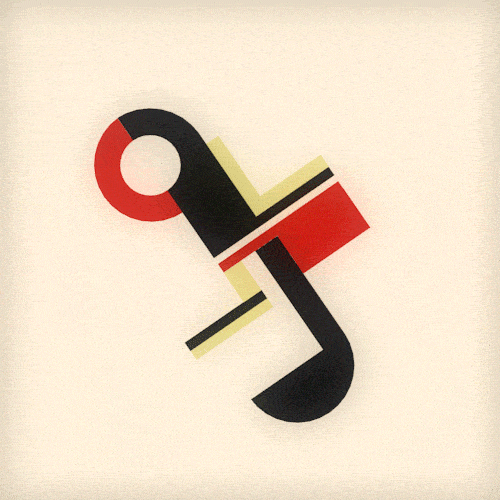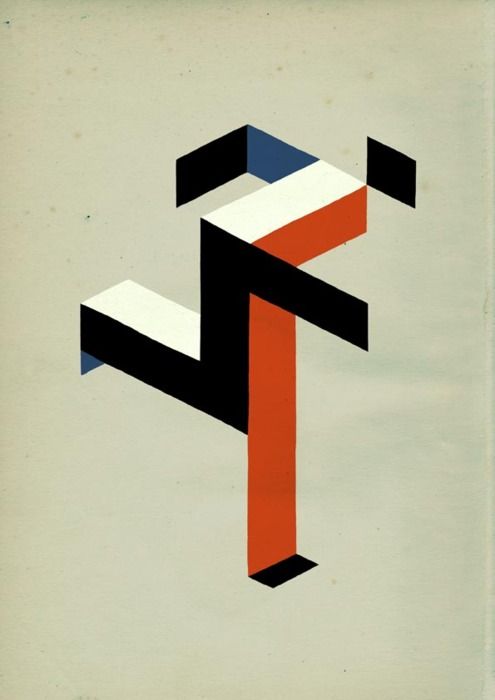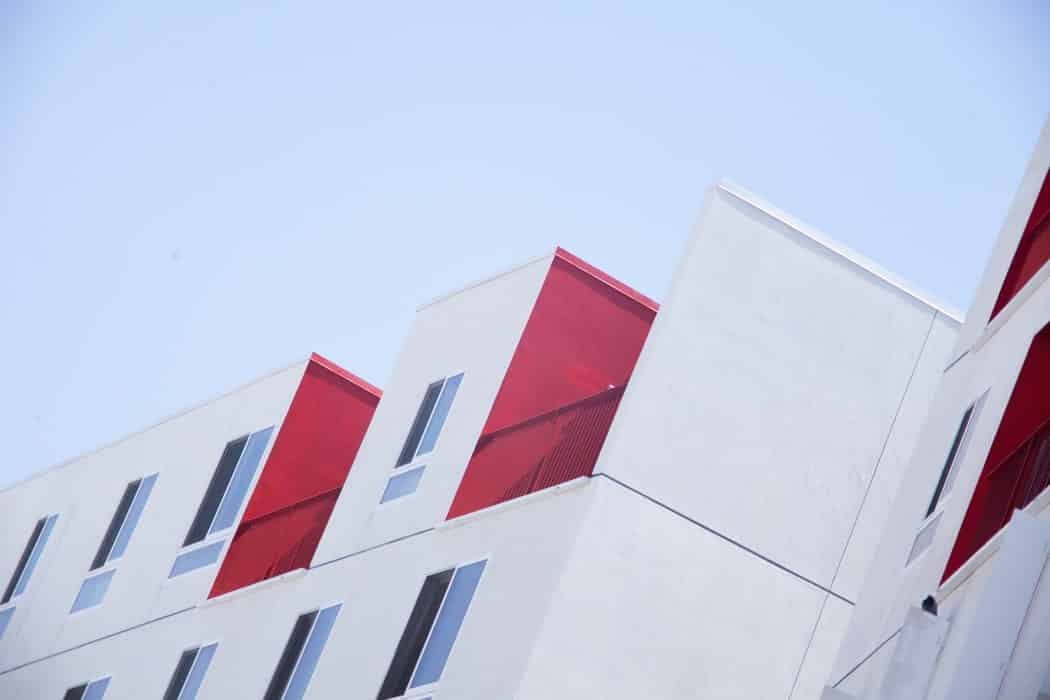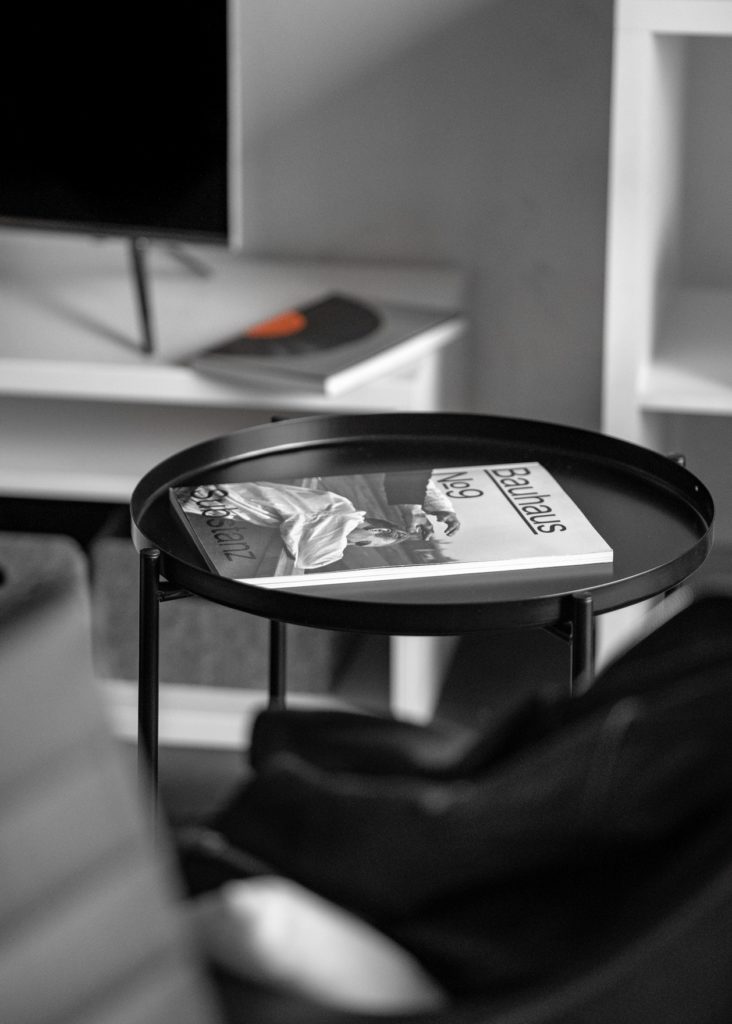More than a design itself, Bauhaus has been a historical milestone is art and architecture. The philosophy behind the “Bauhaus design” is as clean and straightforward, as has been its impact on the traditional or classical styles, redefining them in the modern layout.
This impact has been so profound and invasive in every little part and aspect of the industry that it gained enough momentum to be known as the great “Bauhaus Movement” of the early 1900s. This was a frantic and terrific endeavor that brought in some spectacular formats and layouts into existence.
And, today as the world celebrates the 100th year of Bauhaus, we have to look back on the origination and timeline of Bauhaus that has evolved into an individual and unique expression, separate from the restraints of expected codes of art and architecture.
But at the same time, Bauhaus stands to be something that has remained to stun the world timelessly with its brilliant and dignified designs
Related Articles
8 Best Bauhaus Wall Clocks for Clock-A-Holics Everywhere
16 of the Best Bauhaus Watches That Simply Do Not Age
What is Bauhaus?

It all started in the year 1919 when Walter Gropius founded The Bauhaus School of Art in Weimar. The meaning of the word “Bauhaus” literally translates to “construction house” and the philosophy behind the concept was “form follows function” for every idea that was conceived and realized in its tradition.
This philosophy of the form and structure of the Bauhaus design aims to propound the importance of the functionality of a design as the central aspect that guides the rest of the model. It seeks to detach itself from any such layout that undermines the functionality of an object by exaggerating or piling on the mere “exterior.”
Walter Gropius through his visions had sought to bring some of the most severe forms of fine and applied arts “under one roof” to create a tradition of practical, clean-edged, minimalist design that was yet to rule every sector of the modern world.
One of the most important things to consider about the timeline of the design is that it was formed at a moment in history that was actually the very originator of the modern world: The First World War.
Here, we could say that Gropius strived and duly succeeded in establishing one of the first ever traditions in modern art that he put into accordance with the Industrialization of the world. And this heralded a new age that resonated with the precept “Less is more!” with every step it took to assert itself.
Therefore, what we could say here is that Gropius brought about one of the first ever minimalist designs in the postwar era and one of the earliest “new” ways of constructing buildings and products at the very emergence of the Industrial Period.

The shifting times
The numerous decades that had led up to the origination of the Bauhaus had been essentially “ornate” and “superfluous” to say the least. The existing scenario in art and architecture acknowledged and dedicatedly followed the Edwardian traditions with its richness and intricacies of form and designs.
These designs absolutely captivated the eye and mind in whichever way you looked at it. To say that it was beautiful would be, in all honesty, an understatement for the impact it created.
However, it should also be mentioned that this was a form of art that held the exterior designs in high esteem, taking it to be the be all and end all of a layout. And in the process, it attached little importance to the utilitarian aspect of it.
Several glamorously elaborate styles such as that of the Art Nouveau and Art Deco had single-handedly maintained their dominance over the architectural arena. It won’t be unjust to mention over here that Bauhaus, in a way, was created in vehement opposition to these decadent and ornamental eras.
Even though Bauhaus was essentially an art school, the students of Bauhaus were considered to be the artists of the new age who could actually change perspectives and existing attitudes towards art with their creations.
The genius minds of these artists were honed to perfection by Walter Gropius, who guided them to look at every single sector of art with a new perspective. So, consequently, what happened was, Bauhaus manifested itself in every facet of this world and industry. And it happened gradually, but impactfully enough to be reflected even in the smallest of fine art fields such as pottery, printmaking, typography, and advertising, which are now some of the mega- sectors of the industry.
One of the main factors that explained Gropius’s vision was his way of seeing every object as an externalization of the inner patterns of Nature. To put it simply, he saw everything defined by Nature, valuing the natural rhythms in the structure of every object.
And this is precisely what Gropius took to be the main principle behind the creation of any structure. For him, the primary appeal of an object lay in its ability to serve the purpose it was created for, in the most practical way. So, he encouraged all his pupils first to study and analyze the nature of the fragments and pieces that they were seeing before them, and then create a “whole” using the individual functionality of those pieces.
This was the earliest definitions of “form follows function” that paved the way for Bauhaus to make its grand entry into the newly broken, or rather, newly formed postwar world.

The “Total Design”
The Bauhaus philosophy and teachings were absolutely focused on the functionality of design that served as the foundation for ornamentation. It was concerned with bestowing on practical skills such as architecture, textiles, woodwork, and interior design the same kind of status as that of fine arts. Bauhaus has acknowledged technology as an enabler of the purpose.
What became the core curriculum and starting points for students were the materials, layout, color schemes and theories and the materials even if they were available only in fragmented structures. The design principles for Bauhaus could be applied to any sort of design within the school, and often in unison. This was known as the “total” design or art.
One of the integral and crucial aspects of Bauhaus was that of sustainability. What Gropius wanted was a very economical approach towards a structure that was rooted in a sustainable mode of action.
This was required to remove the “excess” from the design that took up a lot more resources so that the focus could be on creating a more “straightforward” pattern. This was one of the guiding principles that determined the layout for the initial designs. And this is something that was in its entirety for the broader mass everywhere, instilling the true spirit of Industrialization.
The shutting down of the Bauhaus school blew away its founders to newer places with their ideas. A strong Bauhaus wave was witnessed in the US Universities, and in some instances, they opened up new institutions like the New Bauhaus in Chicago in the year 1937 which later became the Illinois Institute of Technology (IIT) Institute of Design.

Bauhaus and its three historical stages
The school of Bauhaus subsequently went through three moment-defining phases in three German cities during the 14 years that it was opened for, that is, till the year 1933. The Bauhaus was actually born of the merging of the Weimar Academy of Fine Art and the Weimar Saxon Grand Ducal Art School.
Even though Gropius’s training was gaining momentum gradually and making its presence felt in the architectural field, there was very little analysis in the architectural science that was taught at that time to students. It was actually through Johannes Itten’s preliminary course that the students were first introduced to the teachings of the movement. Other prominent faculty members of this time were Laszlo Moholy-Nagy and Wassily Kandinsky.
The second phase and shift of place came in the year 1925 when the institution moved to a new building designed by Walter Gropius himself in the outskirts of Dessau. This building contained and represented every ideal and principle that the Bauhaus Movement stood for. It brought every single aspect of modern and minimalist art, architecture, craft, and the industry together to be epitomized within the structure of a single unit, becoming a masterpiece in itself.
This building was one of its kind; being one of the first in the ‘International Style’ Bauhaus designs that we know it as today. This had been one of the most celebrated and prolific time-periods of Bauhaus that saw some of the leading and esteemed figures in the industry joining the Movement. This included Marcel Breuer, Marianne Brandt, Paul Klee, and Gunta Stolzl. Hannes Meyers took over as the school’s director in 1928, followed by Ludwig Mies Van der Rohe who took the Movement to newer heights.
The final location and stage in the Movement came with the School’s physical shift to Berlin. The Bauhaus with its celebration of the high functionality of modern technology and emerging international style collided directly with another, much severe movement, the National Socialist German Workers’ Party (Nazi Party), which was gaining steady footing around that time.
Problems occurred when the Nazi saw the Bauhaus as a representative of “foreignness,” viewing their designs as being starkly “un-German.” They brutally criticized the modernist style and thus, after partly gaining control of the Dessau city council in 1931, marched ahead to close the school.
The School was finally shut down by the Gestapo in the year 1933. But, this was by no means, the end of the Bauhaus tradition which had succeeded in propagating and inculcating its ideas in the young minds of the newer yore!

The Second World War and global celebration of the Bauhaus principles
The closing of The Bauhaus School of Art had scattered its governing faculty and students to distant countries. This facilitated the propagation of the seeds of ideas and the strict code of Bauhaus to impact the world from all places.
The links of the Movement to communist ideas witnessed a particular group of people going off to the Soviet Union, while other well-recognized figures moved to the United States and continued teaching about the Bauhaus ideas there.
Israel too had been a shelter for many Bauhaus followers, and in the year 2004, Tel Aviv gained recognition as a UNESCO World Heritage site owing to its 4000 Bauhaus buildings.
So, what happened is that in an attempt to eradicate the teachings of the Bauhaus School in Germany, the Nazis had, ironically, brought about a tremendous proliferation and growth of the Movement’s ideas and teachings throughout the world. And the very layouts that they had sought to erase for good became the foundation for numerous key styles of the last century. These perfected the shape of the design industry into the familiar structure we know as today.

A 100 years of Bauhaus
So, today as we celebrate the 100th year of Bauhaus, we look back on its evolution and contribution to the growth of art and the emergence of a highly-functional, sustainable design which honors a very personal and individual taste unlike that which had been the norm.
Bauhaus can be seen everywhere today, manifesting in everything, be it a piece of cloth of modern layouts or graphic designing, so to say.
As an originator and patron of modern minimalist layouts, Bauhaus helped the industry of art and architecture to come out of an oppressively elaborate time-period that restricted personal thought, action, and creation.
The emerging styles that went on to become some of the leading ones in the industry such as Scandinavian styles, industrial layouts, and mid-century neo-modern patterns, reflected prominent Bauhaus influences in all its glory to the world. This makes us wonder how far the original Bauhaus teachings had come to be able to impact the world on such a level.
These designs have become not only popular but, on a greater level, very personal, defining individual statements and preferences so much so that we have made them a part of our identity and daily lives in all respect!
The Bauhaus Movement’s embracing of technological advancements and large-scale productions has ensured perfect utilitarian designs for every segment of the society; for the welfare and upliftment’s of all classes. This has made a tremendous contribution to the world economy by attempting to close up the gap between the elites and working class and bring about social harmony on a wide-spread level.
Today, the Bauhaus design principles have taken roots in all design branches and happily, they have been adopted with sheer joy by amateurs and professionals alike, one can today build his own Bauhaus inspired home following the fundamentals of the legendary movement, one can get inspired by Bauhaus Design at it’s finest, from home design to watches, typography, books.
And this is what makes Bauhaus one such terrific driving force and catalyst that holds as much power to bring about a revolution again if it’s required, as it had done a 100 years ago.
Related Article
29 of the Best Modern Wall Clocks for Design Enthusiasts
16 of the Best Bauhaus Watches
NOMOS Glashütte Tangente Datum | Bauhaus Design at Its Best


